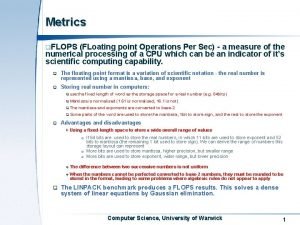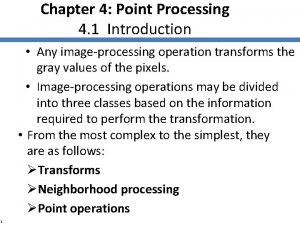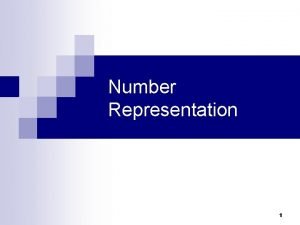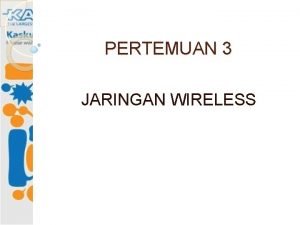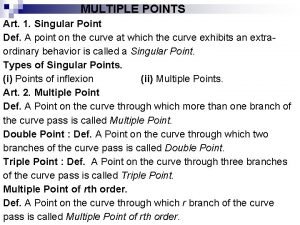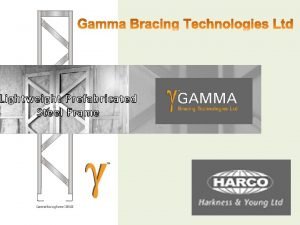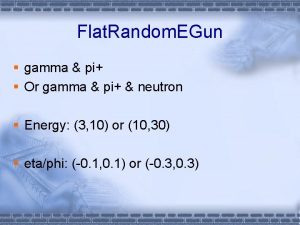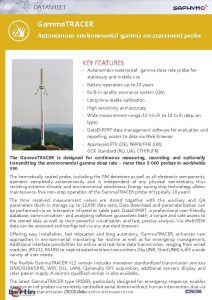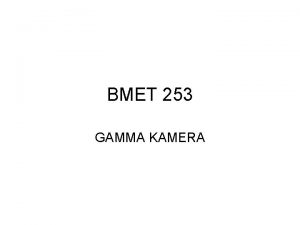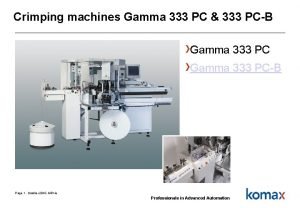Point Operations Chapter 5 Gamma Gamma is a














- Slides: 14

Point Operations – Chapter 5

Gamma • Gamma is a form of point operation • It’s intended purpose is to compensate for the non-linear relationship between the image capture device and the image display and (ultimately) the human viewer • That’s the technical low down – realistically it can be viewed as nothing more than a way to enhance image intensities in a non-linear fashion

Gamma • The function is: • is called the “gamma value”

0 1 8 15 22 29 36 43 50 57 64 71 78 85 92 99 106 113 120 127 134 141 148 155 162 169 176 183 190 197 204 211 218 225 232 239 246 253 Gamma • Various “gamma curves” 1. 2 1 0. 8 0. 6 0. 4 0. 2

Gamma • So, what does it really do? 1. 2 1 0. 8 0. 6 0. 4 0 1 11 21 31 41 51 61 71 81 91 101 111 121 131 141 151 161 171 181 191 201 211 221 231 241 251 0. 2 • In “words”, what does this mean? – Dark input pixel values are amplified a lot – Bright input pixel values are amplified very little

Gamma • The steepness of the curve in the dark range can often be a problem – Low intensities is where most image sensors experience a great deal of noise – Over amplifying causes bad artifacts to appear • The solution is to split the curve into two sections, a linear portion and an exponential portion

Modified gamma The point where the curve transitions from linear to exponential

0 1 8 15 22 29 36 43 50 57 64 71 78 85 92 99 106 113 120 127 134 141 148 155 162 169 176 183 190 197 204 211 218 225 232 239 246 253 Modified gamma 1. 2 1 0. 8 0. 6 0. 4 0. 2

Gamma correction

Implementation • Applying an exponential function to every pixel in a large image is very time consuming so we don’t do it • Instead, we create a look-up table (LUT) of all possible pixel input/output pairs • For an 8 -bit image this is only 256 calculations and memory locations • Image pixels are used as indexes into the table • This technique can be used for any function, not just gamma

Alpha blending • Sometimes we want to overlay one image onto another • The technique used is called alpha-blending • Realistically it’s nothing more than a pixel-bypixel weighted average • Graphics processing units have this as a built in function since graphics systems (e. g. games) do this often

Alpha blending • Setting alpha to 1 makes the foreground image completely transparent • Setting alpha to 0 makes the foreground image complete opaque • Setting it between 0 and 1 allows you to “see through” the foreground image into the background image

Alpha blending

Homework • See handout
 Bit4bytes
Bit4bytes Point processing in image processing example
Point processing in image processing example Point processing operations
Point processing operations Floating point
Floating point Neighborhood processing in image processing
Neighborhood processing in image processing Point by point block method
Point by point block method How to write compare and contrast essay
How to write compare and contrast essay Block arrangement essay
Block arrangement essay Airline spoke model
Airline spoke model Ppp
Ppp Point proof comment
Point proof comment Topologi access point
Topologi access point One point perspective hallway
One point perspective hallway A double point is called cusp of tangents at this point are
A double point is called cusp of tangents at this point are The path of a moving point made by a tool
The path of a moving point made by a tool
